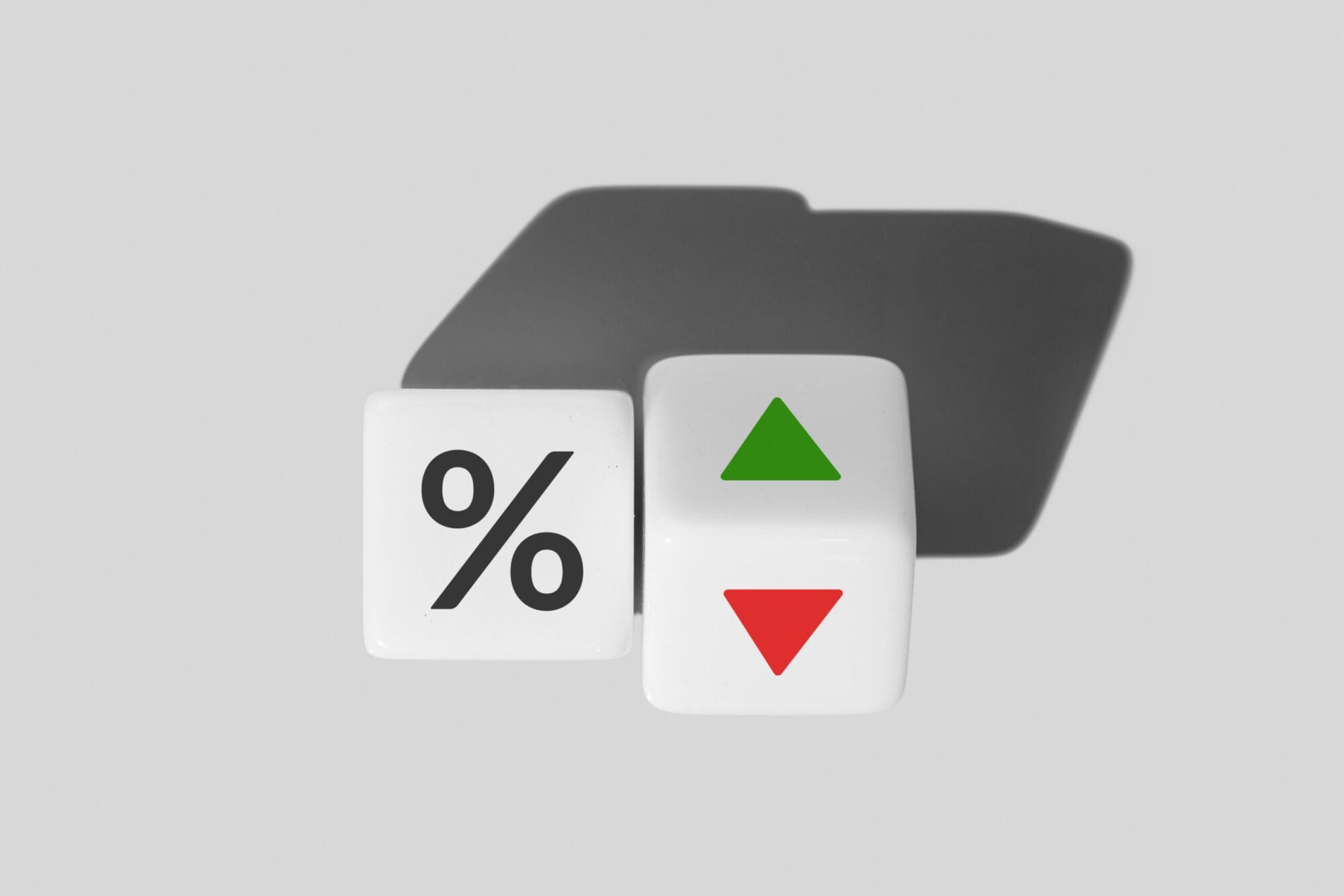By Wall Street Journal
The Federal Reserve hiked interest rates 11 times between March 2022 and January 2024. Short rates have gone from zero to 5.5%. Meanwhile, the economy is growing at close to 3%. Unemployment hasn’t surged. Commodities are booming. Stocks hit an all-time high at the end of March. To borrow from “When Harry Met Sally” (1989), if that’s the outcome of higher rates, “I’ll have what she’s having.”
As late as December, futures markets were expecting six rate cuts in 2024, according to Barron’s. After three monthly readings of more than 3% of “hot” inflation, Goldman Sachs now expects only two cuts. Fed Chairman Jerome Powell said it is “likely to take longer than expected” to have confidence that inflation is slain and cut rates. Former Treasury Secretary Lawrence Summers even thinks there’s a chance for a rate hike this year.
For almost 18 months, the yield curve has been inverted, which usually means a recession is coming. Still, the economy goes chug, chug, puff, puff like the little engine that could. Sadly, it’s the same for federal spending.
Thirty-year mortgage rates are more than 7%, up from roughly 3% at the start of 2022, so surely home prices are down, right? Wrong. The median home price was $384,500 in March, up from $350,000 at the start of 2022. Supply is limited because those with 3% mortgages are staying put with low payments.
Retail sales were up big again in March. Credit-card debt is a record $1.3 trillion, but note the Philadelphia Fed reported that late last year, credit-card delinquency rates (30, 60 and 90 days past due) were over 3%, numbers not seen since 2012. Keep an eye on that.








